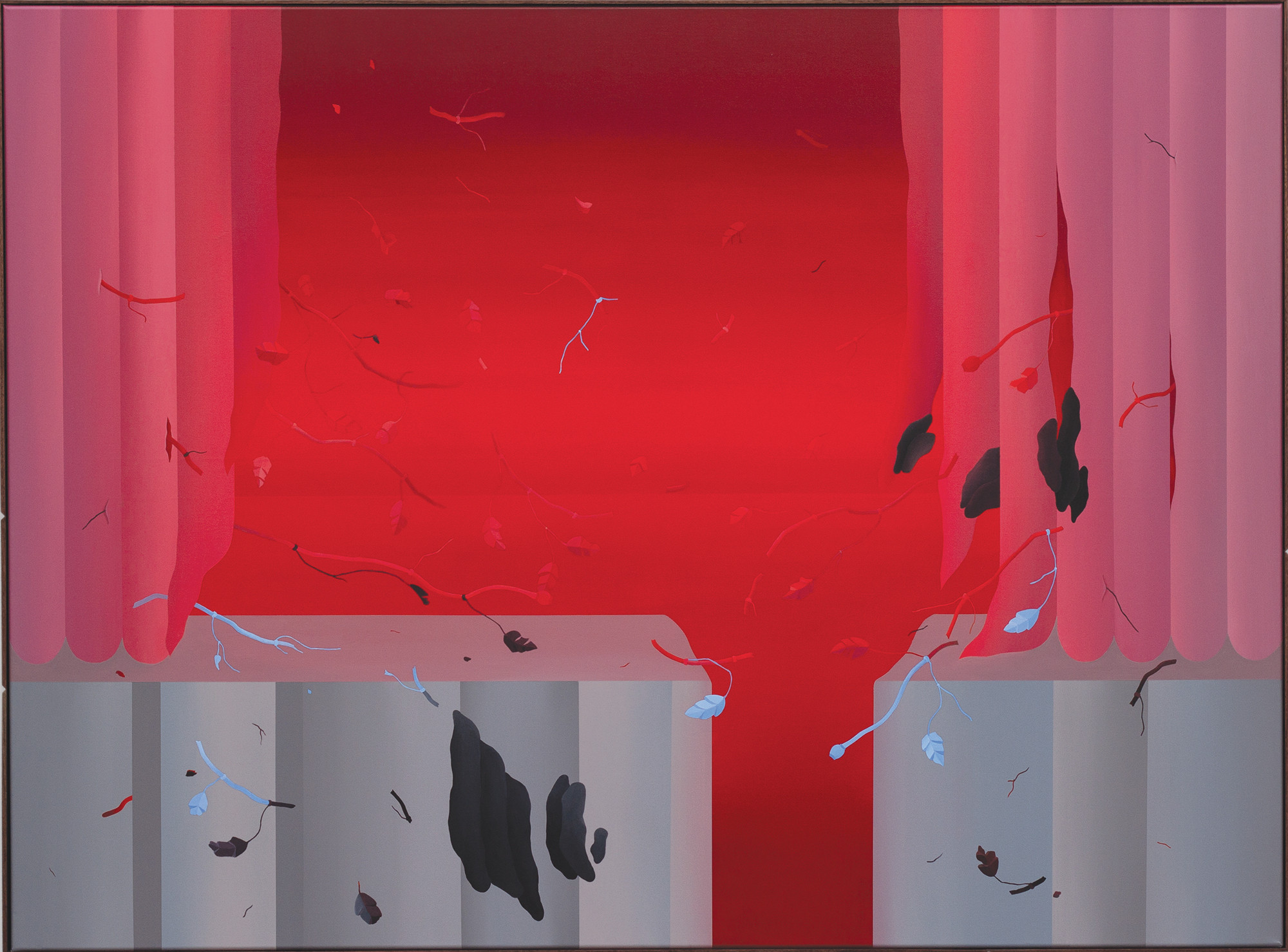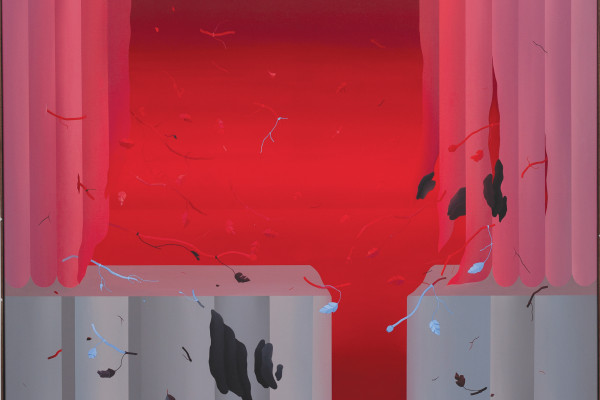Rimma Arslanov
In my artistic practice, I am using diverse media starting from drawing, painting, and video animation to sculpting and site-specific installations. I often use craft-made techniques combined with contemporary means of production as a point of departure, then continue in that vein, crossing exacting ornamentation and abstract imagery as a routine working method. Yet my works can be described as accurate and minimalistic, even monochromatic.
Being deeply influenced by the architectural language, it is a central motif within my creative process embodied by various architectural elements re-appearing in the works. I draw inspiration from buildings and structures that I come across in my local surroundings, as well as in foreign territories. I think that what most intrigues me in architecture is the obvious potential of constructing a new autonomic compound, the way ornaments and other aesthetic elements migrated under different political consequences throughout history.
I build new surroundings, new worlds, and relationships between different cultures, humans, animals, nature, and objects. The core of my work revolves around the creation of a fantastic world subsisting according to an independent set of rules and codes. It is a small autonomic universe that inhabits diverse figures, characters, accessories, and organic elements – drawn from the magical, beautiful, naive, and erotic worlds, as well as from the dark worlds of violence, terror, and brutality.
My cultural and social background plays an important role in my body of work. I was born in Tajikistan and grew up in Uzbekistan until I immigrated to Israel in the year 2000. The culture I absorbed during my early years included a unique combination of oriental and Muslim elements with the dominant influence of Soviet culture. Moving to Israel also left a significant mark on me, due to intense exposure to Western culture through complex Israeli prism.
Some years ago, at the secondhand bookstore, my eye was caught by the book that illustrates the armor and weapons of knights in the Middle Ages. What interested me was the gap between the beauty, design, and aesthetic in contrast to the violent, even brutal purpose for which they were created. I started to think about armor as an expansion of the body, as a skin, and how it “could feel” the pain. Meaning of the pain in our days, as physical or mental.
I created a series of works where the color tones of the painting are made of different shades of human skin that seek to point out a sense of contrast between the fetishism, eroticism, beauty, and seduction of the works, with a disturbing wounded curtain that depicts a “delicate brutality” that create all together with an enigmatic scenery of something strangely familiar and alienated at the same time. The idea is to generate a threatening atmosphere in which the organic traces blend with the inanimate.

